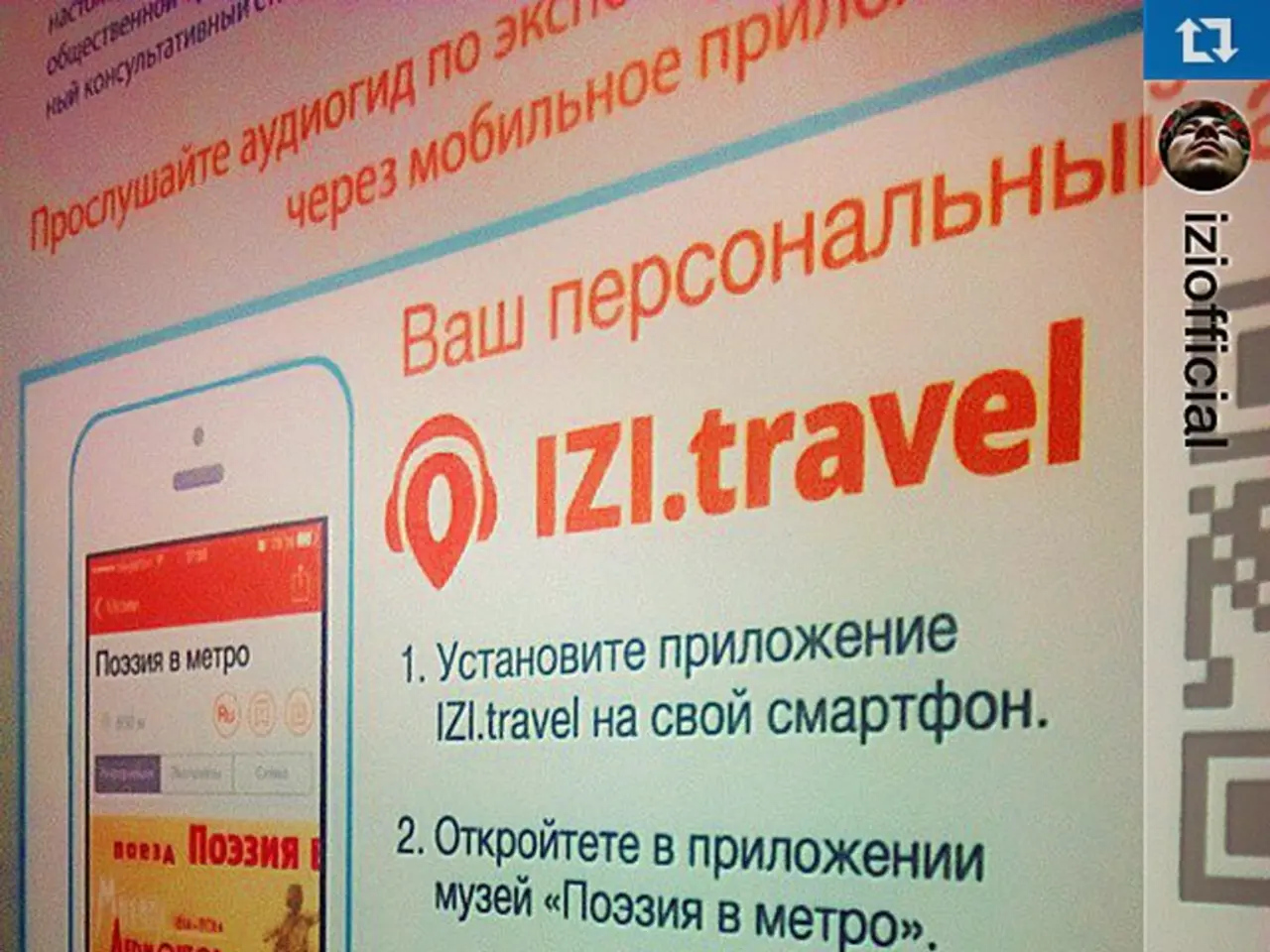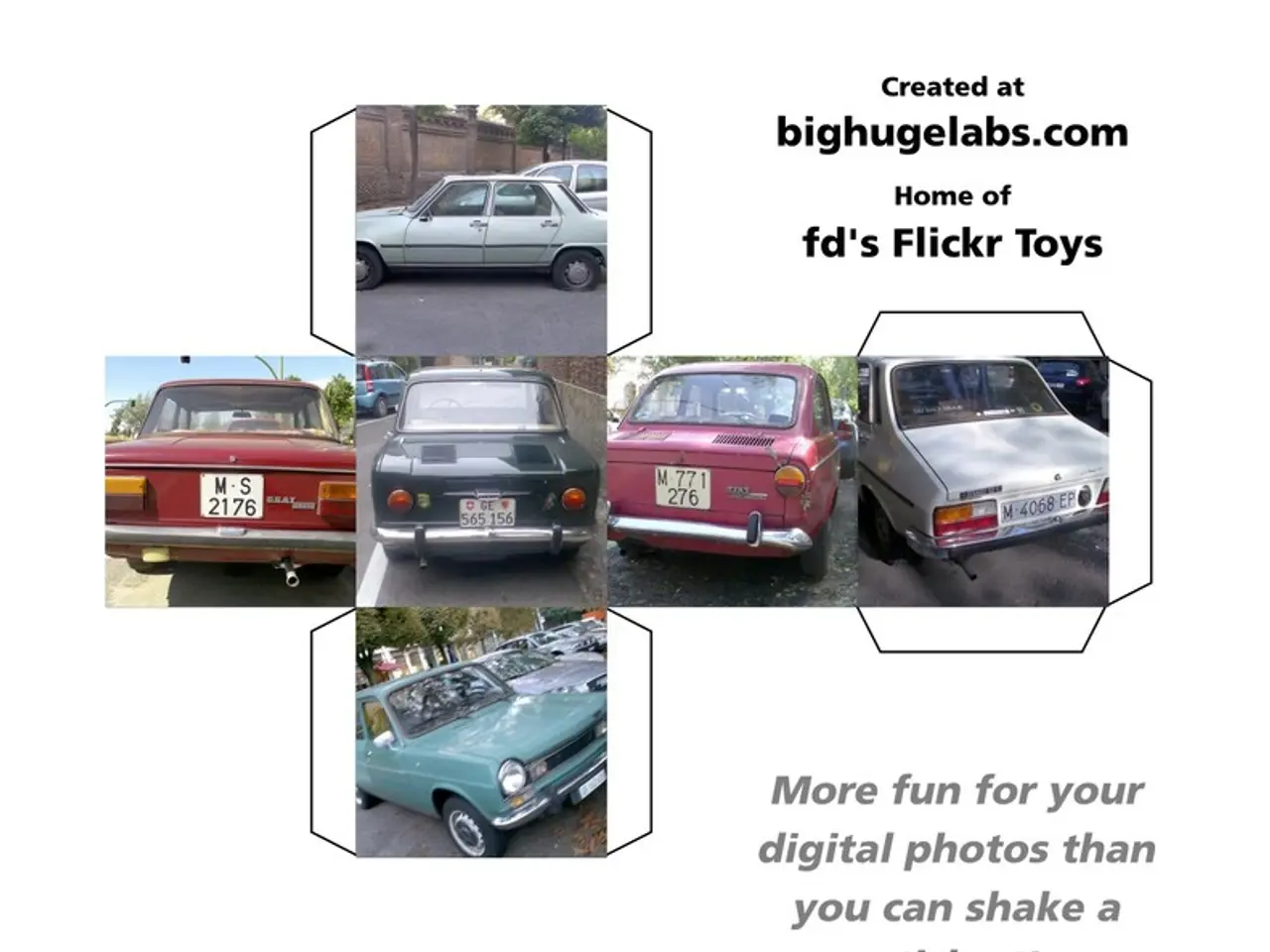In the realm of media agencies, VaynerMedia's triumph is attributed to their mastery of convergence.
In the ever-evolving world of marketing, the approach taken by VaynerMedia, a pioneering full-service agency, has made significant waves, inspiring a shift in the traditional practices of legacy holding companies.
Founded over a decade ago by Gary Vaynerchuk, who admittedly had little knowledge of media and creative agencies' historical separation, VaynerMedia entered the creative space with a bold vision. Unlike its legacy counterparts, VaynerMedia was designed to be a full-service agency from the start, integrating creative, media strategy, consulting, and deep cultural insights to deliver seamless, end-to-end marketing solutions.
This integrated model, which challenges the conventional siloed agency structures, has proven to be highly effective. By combining creative development, media strategy, and consulting under one roof, VaynerMedia facilitates agile, culturally relevant campaigns aligned with real-time consumer behaviour.
Moreover, VaynerMedia's strategic model prioritises deeply understanding audience interests and cultural contexts to increase engagement and deliver value, reducing inefficiencies seen in segmented agency structures. The founder's strong emphasis on social media and digital strategies further highlights the power of integrated digital services over isolated brand or media agencies.
This approach, which focuses on consumer attention, culture, and empathy, has disrupted the status quo of creative leadership. The merging of separate agency brands, as demonstrated by VaynerMedia, has become a strategy to creativity in modern leadership.
Legacy holding companies, possibly inspired by VaynerMedia's success, are now attempting to combine their separate agency brands. This trend towards reuniting separate agency brands into unified, full-service models aims to replicate similar agility, cohesion, and cultural relevance that VaynerMedia has championed.
However, the process of reorganization, as involved in the merging of agencies like VaynerMedia, can be complex. The merging of agencies may involve a messy disruption of traditional practices, but the potential benefits—strategy lending to creativity through the use of campaign data, for instance—make it a worthy endeavour.
In short, VaynerMedia's full-service, culture-driven, and consumer attention-focused methodology exemplifies the benefits of integrated agency models. This approach, which serves as a catalyst influencing legacy holding companies to reunite their fragmented agency brands into more cohesive, full-service entities, aligns with market demands for faster, more responsive, and culturally tuned marketing solutions of the kind VaynerMedia has championed.
[1] "The Rise of the Full-Service Agency" - Forbes [2] "VaynerMedia's Social-First Strategy" - Adweek [3] "VaynerMedia's Impact on Marketing Trends" - Marketing Week [4] "The Future of Marketing: Integrated Agency Models" - The Drum
- By merging separate agency brands into unified, full-service models, legacy holding companies strive to replicate VaynerMedia's agility and cultural relevance, as seen in their finance-driven, business-oriented, and technology-focused approach.
- In the quest for faster, more responsive, and culturally tuned marketing solutions, the integration of creative, media strategy, consulting, and digital services (as demonstrated by VaynerMedia) has become a significant trend in the business world, proving valuable in finance, technology, and various fields of marketing.




